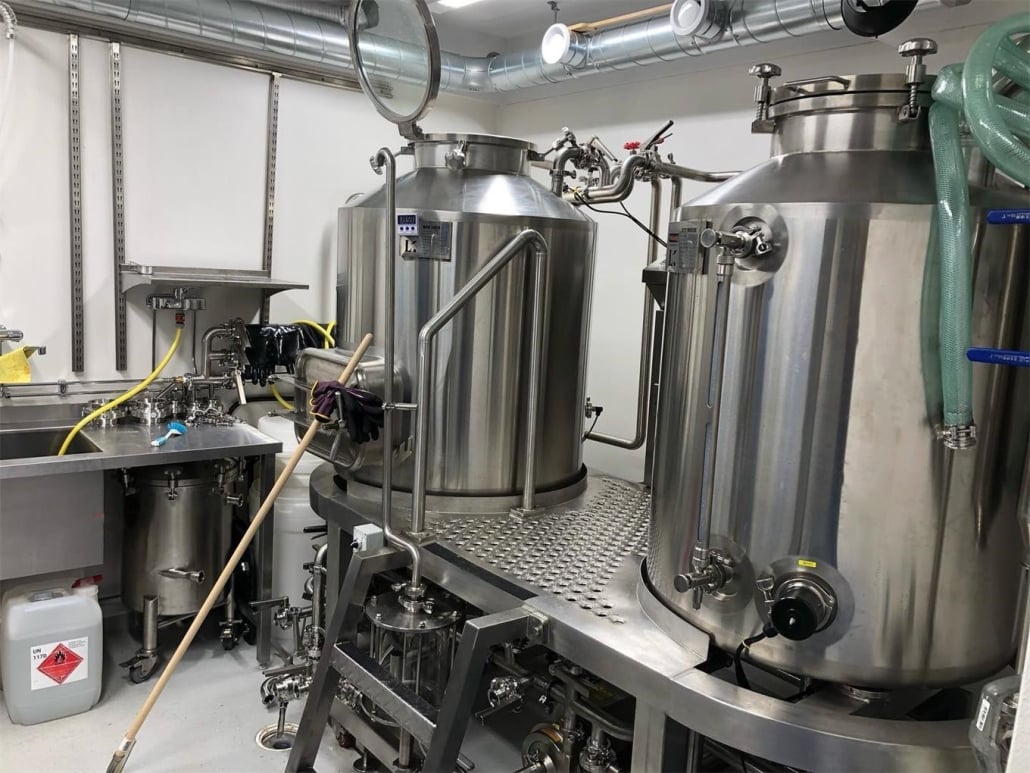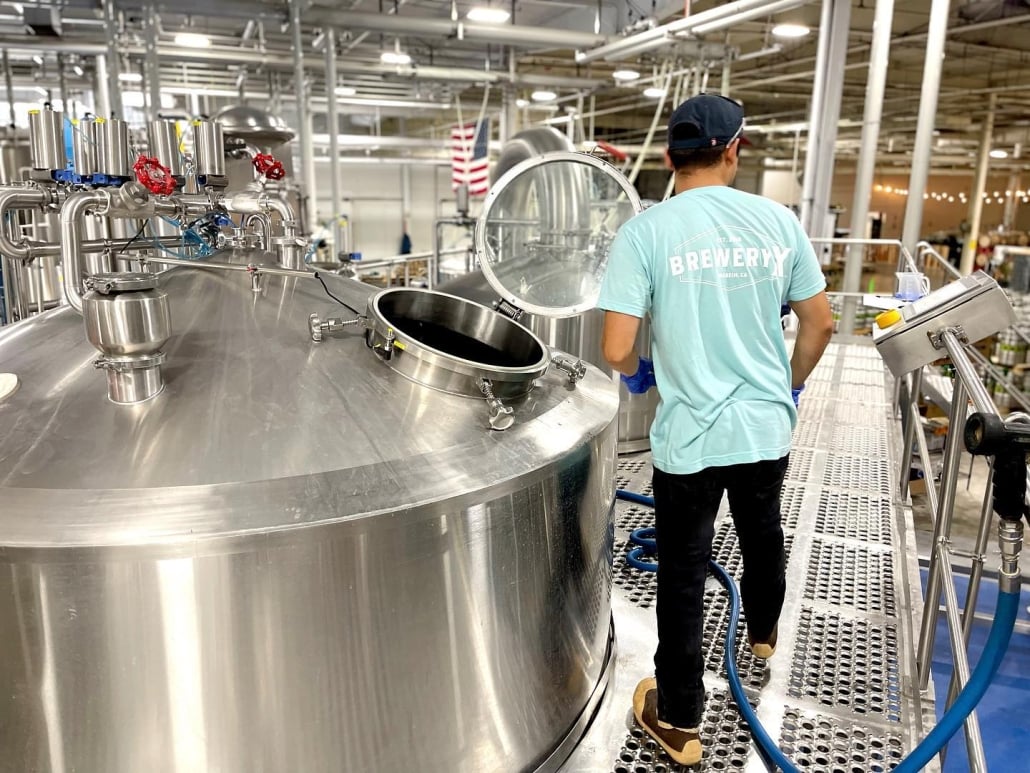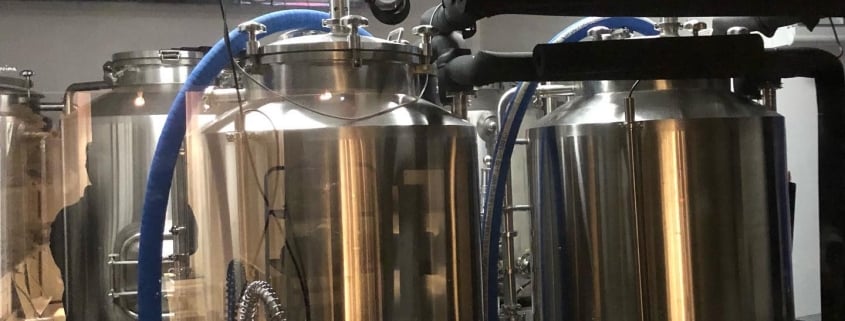Commercial Draft Beer Equipment
Overview of Commercial Draft Beer Equipment
The craft beer industry has seen tremendous growth in recent years, leading to an increased demand for high-quality commercial draft beer equipment. Whether you’re a brewery owner, a bar manager, or simply a beer enthusiast looking to set up a draft beer system, understanding the various types of equipment, their functionalities, and how to choose the right setup is crucial. This guide aims to provide an in-depth look into commercial draft beer equipment, covering everything from the brewing process to maintenance, equipment selection, and supplier comparison.
Understanding Commercial Draft Beer Equipment
To fully appreciate the value of commercial draft beer equipment, it’s important to understand the components involved and how they work together to deliver the perfect pint of beer. The equipment ranges from kegs and taps to cooling systems and cleaning tools, each playing a vital role in maintaining the quality and consistency of the beer.
The Importance of Choosing the Right Equipment
Choosing the right commercial draft beer equipment is akin to selecting the right ingredients for a recipe. The quality of the beer served depends not only on the brewing process but also on the efficiency and functionality of the draft beer system. A well-chosen system can lead to reduced waste, better beer quality, and improved customer satisfaction.

Guide to Commercial Draft Beer Equipment
When setting up a draft beer system, it’s essential to be familiar with the different types of equipment available and their specific functions. Below is a comprehensive guide to the key components of a commercial draft beer system.
Kegs: The Heart of the Draft Beer System
Kegs are the containers that store beer under pressure. They come in various sizes and materials, each suited for different types of establishments and beer volumes. Stainless steel kegs are most common due to their durability and ability to maintain the beer’s freshness.
Taps and Faucets: The Pouring Mechanism
Taps, also known as faucets, are the final point before the beer reaches the glass. They are designed to control the flow of beer, ensuring a smooth and consistent pour. Taps can vary in style, from standard taps to specialized nitro taps for stouts.
Beer Lines: The Pathway of the Beer
Beer lines are the hoses that connect the keg to the tap. The quality and cleanliness of beer lines are critical as they directly affect the taste of the beer. Different materials, such as vinyl and polyethylene, offer various benefits in terms of flexibility and cleanliness.
Cooling Systems: Keeping the Beer Cold
A cooling system is essential for maintaining the beer at the optimal temperature. This can range from simple ice-cooled systems to sophisticated glycol cooling systems that keep beer cold from keg to tap, ensuring a refreshing pour every time.
CO2 Systems: The Carbonation Engine
CO2 systems regulate the pressure inside the keg, which is crucial for maintaining proper carbonation levels in the beer. The right balance of CO2 ensures that the beer remains fizzy and fresh, providing the perfect drinking experience.
Types of Commercial Draft Beer Equipment
Understanding the different types of commercial draft beer equipment available can help you make informed decisions when setting up your system. Below is a table summarizing the key equipment types:
| Equipment Type | Description | Best For | Example Models |
|---|---|---|---|
| Kegs | Containers that store beer under pressure. Available in various sizes (e.g., half-barrel, quarter-barrel). | High-volume establishments | Cornelius Kegs, Sanke Kegs |
| Taps and Faucets | Devices that control the flow of beer from the keg to the glass. Options include standard taps, nitro taps, and European taps. | Bars and pubs | Perlick 650SS, Micromatic |
| Beer Lines | Tubing that connects the keg to the tap. Materials include vinyl and polyethylene, each offering different benefits in terms of flexibility and cleanliness. | All establishments | EVABarrier Tubing |
| Cooling Systems | Systems that keep beer cold during dispensing. Options range from simple ice-cooled systems to advanced glycol systems. | Breweries, high-volume bars | Kegco XCK-1B, UBC 12000 |
| CO2 Systems | Regulates pressure in the keg to maintain proper carbonation. Consists of CO2 tanks, regulators, and gas lines. | All establishments | Taprite, Micro Matic |
The Brewing Process and Its Impact on Equipment Selection
The brewing process is a complex sequence of steps that transforms raw ingredients into the flavorful beer that many enjoy. Understanding this process can help in selecting the right equipment to preserve the beer’s integrity from the brewery to the glass.
Brewing Process Overview
- Mashing: The process begins with mashing, where grains are mixed with hot water to extract sugars.
- Boiling: The mash is then boiled, and hops are added to impart bitterness and aroma.
- Fermentation: After boiling, the wort is cooled and yeast is added to begin fermentation, where sugars are converted into alcohol and CO2.
- Conditioning: The beer is conditioned to develop its flavor and carbonation.
- Packaging: Finally, the beer is packaged into kegs or bottles for distribution.
How the Brewing Process Influences Equipment Needs
The brewing process directly impacts the choice of commercial draft beer equipment. For instance, breweries producing high-alcohol or nitrogen-infused beers will require specialized kegs and taps to handle the unique properties of these beers. Additionally, the need for precise temperature control during the conditioning and serving stages necessitates reliable cooling systems.
Commercial Draft Beer Equipment: Capacity, Space, Design, Layout, and Customization
When planning the layout and design of a commercial draft beer system, several factors must be considered, including capacity, space, and customization options. Below is a table detailing these considerations:
| Parameter | Details | Key Considerations |
|---|---|---|
| Capacity | The amount of beer that can be stored and dispensed at any given time. This includes the size and number of kegs, as well as the capacity of the cooling system. | Establishment size, peak hours |
| Space Requirements | The physical space required for the draft beer system, including keg storage, beer lines, and cooling units. | Available floor space, accessibility |
| Design and Layout | The arrangement of the draft beer system components, ensuring efficient operation and maintenance. | Flow of service, ease of access |
| Customization Options | Options for customizing the system to meet specific needs, such as branded taps, custom beer towers, or specialized cooling systems. | Branding, unique beer offerings |
Supplier and Price Range Comparison for Commercial Draft Beer Equipment
Selecting the right supplier is as important as choosing the right equipment. Price ranges can vary significantly depending on the supplier, equipment quality, and additional features. Here’s a comparison of some well-known suppliers:
| Supplier | Price Range | Equipment Quality | Special Features | Customer Support |
|---|---|---|---|---|
| Micro Matic | $500 – $10,000+ | High | Wide range of CO2 systems and faucets | Excellent |
| KegWorks | $400 – $8,000+ | High | Customizable beer towers and faucets | Good |
| Beverage Factory | $300 – $7,500+ | Medium to High | Variety of kegs and cooling systems | Good |
| Perlick | $600 – $12,000+ | Premium | High-end, durable equipment | Excellent |
| Taprite | $200 – $6,000+ | Medium | Affordable CO2 systems | Satisfactory |
Installation, Operation, and Maintenance of Commercial Draft Beer Equipment
Proper installation, operation, and maintenance are critical for the longevity and performance of your draft beer system. This section breaks down the key steps and considerations:
Installation Considerations
- Professional Installation: Hiring a professional to install the system ensures it’s done correctly and efficiently, reducing the risk of future issues.
- Space Utilization: Careful planning of the layout ensures optimal use of space, allowing for easy access and maintenance.
- Compliance: Ensure that all equipment complies with local health and safety regulations.
Operation Tips
- Regular Cleaning: Beer lines should be cleaned regularly to prevent build-up and maintain beer quality.
- Monitor CO2 Levels: Regularly check CO2 levels to ensure proper carbonation and avoid flat or overly fizzy beer.
- Temperature Control: Keep the cooling system well-maintained to ensure the beer is served at the correct temperature.
Maintenance Schedule
| Maintenance Task | Frequency | Details |
|---|---|---|
| Cleaning Beer Lines | Every 2 weeks | Use a specialized cleaning solution to prevent microbial growth and ensure the beer retains its intended flavor. |
| Checking CO2 Levels | Weekly | Ensure CO2 tanks are adequately filled and regulators are set to the correct pressure. |
| Cooling System Inspection | Monthly | Inspect for any leaks or malfunctions in the cooling system to maintain consistent beer temperature. |
| Tap and Faucet Maintenance | Monthly | Disassemble and clean taps and faucets to prevent clogging and ensure a smooth pour. |
| Keg Storage | Ongoing | Store kegs in a cool, dark place to maintain beer freshness and prevent spoilage. |
How to Choose a Supplier for Commercial Draft Beer Equipment
Selecting the right supplier involves more than just comparing prices. It’s about finding a partner who understands your needs and can provide reliable equipment and support.
| Consideration | Details | Why It Matters |
|---|---|---|
| Reputation | Look for suppliers with a strong reputation in the industry, backed by positive customer reviews and testimonials. | Ensures reliability and quality |
| Range of Products | A good supplier offers a wide range of products, allowing you to customize your system to your exact specifications. | Flexibility in system design |
| Customer Support | Excellent customer support is crucial, especially during installation and troubleshooting. | Ensures smooth operation and quick resolution of issues |
| Price vs. Quality | While it’s tempting to choose the lowest price, it’s important to consider the quality of the equipment. Higher quality often means better durability and performance. | Long-term cost savings |
| Warranty and Returns | A comprehensive warranty and a clear returns policy provide peace of mind and protect your investment. | Risk management |
Pros and Cons of Commercial Draft Beer Equipment
When deciding on a commercial draft beer system, it’s important to weigh the advantages and disadvantages. Below is a comparison of the pros and cons:
| Advantages | Limitations |
|---|---|
| Quality Control | Initial Cost |
| Draft systems maintain beer quality by keeping it at the optimal temperature and carbonation level. | High-quality draft systems can be expensive to purchase and install. |
| Reduced Waste | Maintenance |
| Kegs can be reused, and precise pouring mechanisms reduce spillage and waste. | Regular maintenance is required to keep the system running efficiently. |
| Customization Options | Space Requirements |
| Systems can be customized with branded taps and beer towers, enhancing the bar’s aesthetic. | Draft systems require a significant amount of space for storage and setup. |
| Increased Customer Satisfaction | Training Needs |
| Customers appreciate the consistent quality and variety of beers available on tap. | Staff must be trained on how to operate and maintain the system properly. |

FAQs
What is the average lifespan of commercial draft beer equipment?
The lifespan of commercial draft beer equipment varies depending on the quality of the components and the level of maintenance. On average, high-quality systems can last between 10 to 15 years with proper care.
How often should beer lines be cleaned?
Beer lines should be cleaned every two weeks to prevent build-up and maintain the quality of the beer. Regular cleaning is essential for preventing microbial contamination and ensuring the beer tastes as the brewer intended.
Can I install a draft beer system myself, or do I need a professional?
While it’s possible to install a draft beer system yourself, it’s highly recommended to hire a professional. Proper installation ensures the system operates efficiently and complies with local health and safety regulations.
What’s the most important factor to consider when choosing a draft beer system?
The most important factor is ensuring the system matches your establishment’s needs in terms of capacity, space, and type of beer served. Additionally, consider the quality of the components and the level of customer support offered by the supplier.
How does a glycol cooling system differ from a standard cooling system?
A glycol cooling system uses a mixture of water and glycol to keep beer at a consistent temperature as it travels from the keg to the tap. This is especially important for long-draw systems where the beer has to travel a considerable distance before being poured. Standard cooling systems, such as direct-draw or air-cooled systems, may not provide the same level of temperature consistency over long distances.
Conclusion
Choosing and maintaining the right commercial draft beer equipment is crucial for any establishment that serves beer on tap. The equipment you select directly impacts the quality of the beer, the efficiency of your service, and ultimately, customer satisfaction. By carefully considering your needs, selecting high-quality equipment, and adhering to a regular maintenance schedule, you can ensure that your draft beer system provides great-tasting beer for years to come.
This comprehensive guide has covered everything from the types of equipment available to the brewing process, supplier comparisons, and maintenance tips, equipping you with the knowledge you need to make informed decisions for your business.













